Steph W. from SEOPressor


...help you check your website and tell you exactly how to rank higher?


80
score %
SEO Score

Found us from search engine?
We rank high, you can too.
SEOPressor helps you to optimize your on-page SEO for higher & improved search ranking.
By allysa on October 29, 2015
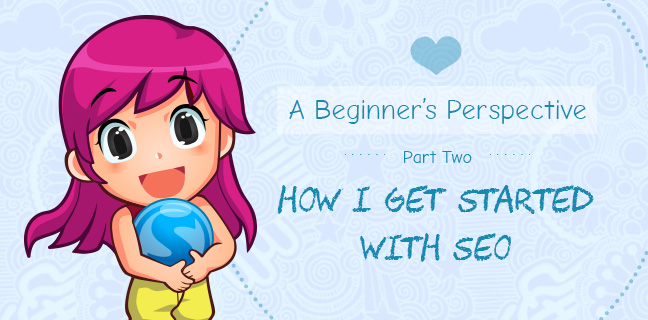
Welcome back to my journey on how SEO has become a part of my life!
In today’s post, I’ll be talking about my growth with SEO. If you’re interested in starting SEO for a new website or developing your website’s traffic, do keep reading.
First off, do you guys still remember my friend, Charles? His online business still isn’t doing well even though it’s been a year. I had some regrets for not having SEO knowledge back then to help him. But now that I’ve learned more about SEO, I have several ways that may help to develop his online business. (Read about Charles’ story here.)
If I were to turn back time to when Charles first started his business, I’d tell Charles about the importance of online traffic, especially organic traffic (visitor’s coming from Google’s search result page). It is the type of traffic that comes to his website based on the authenticity of the web and content written.
Organic traffic is the most natural source of traffic because readers are clicking into your website willingly instead of being forced to. Therefore, organic results are very important to the website owners/marketers as it is the leading source of traffic.
Here, I’m going to reveal some news to you guys on how SEOPressor benefits from organic traffic.
For the post ‘Types of Social Media’ in SEOPressor, it has led us to more than 1,500 page views in a month just from the organic traffic alone. Check out the Google Analytics below.
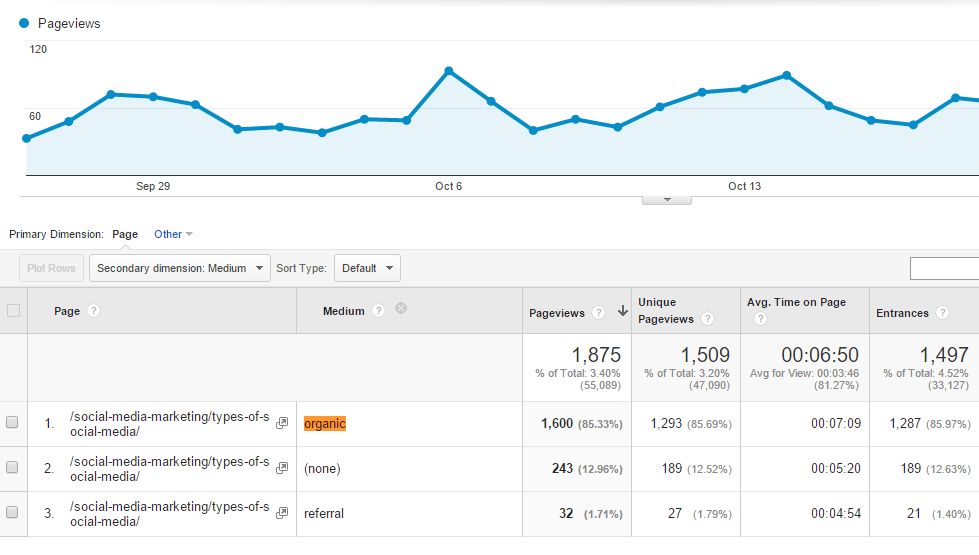
What if Charles does the same thing as we did in SEOPressor?
This is only the organic traffic for one post. And look at the results! Imagine if Charles writes 10 of such post, he will be getting up to 150,000 visitors per month. That’s A LOT!
Now that Charles understands the importance of organic traffic, how can he achieve it? This can be done by writing content that answers the user’s search query – what are the users looking for.
There are three types of search intent when a user is searching for something online. They are:
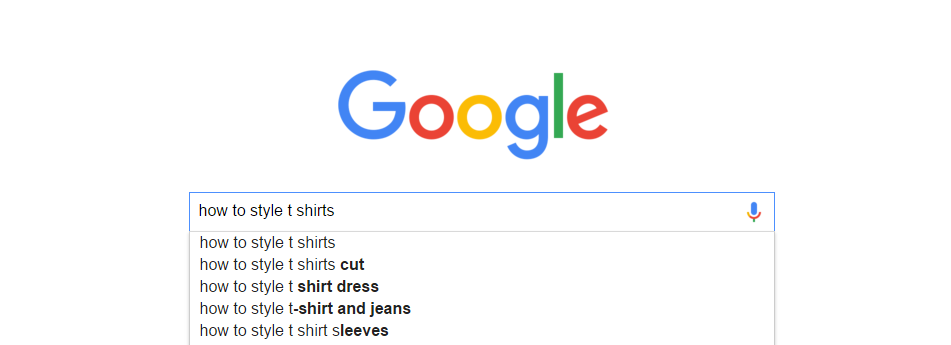
Informational queries are made when users are searching for more details.
The first type of search intent is Informational search, which is also the most common type of all search intents. This type of searches are performed when users are curious about something. Then, they will search for the information on Google.
In Charles case, his business is about men’s fashion. So his target audience will probably look for fashion tips such as 5 Stylish Ways to Wear Plain T-Shirt This Summer.
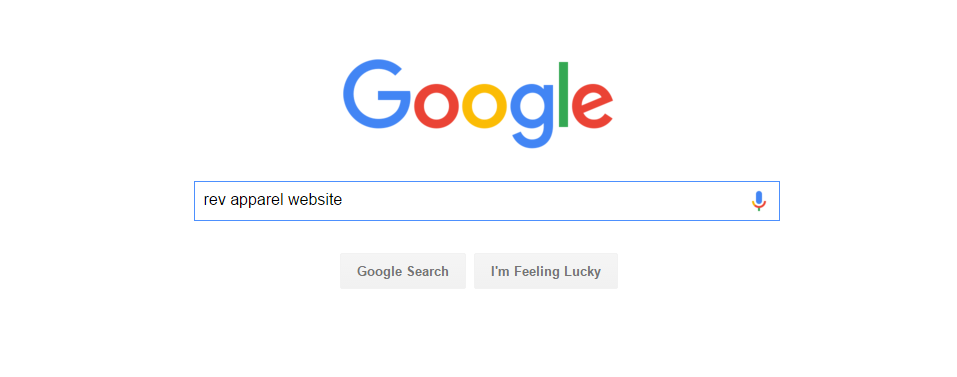
Navigational queries are made when users know what they want, but they don’t know where to get it.
The second type of search intent is Navigational search. As compared to Informational search, Navigational search is performed when users know about the brand or product, but they just don’t know where to get it. Then, they will look for it on Google, and Google will provide them with various results.
In Charles case, let’s say the users recognize Charles’ brand, but they don’t know the exact website address. Then, they will type his brand ‘Rev’ in Google and the search engine will lead them to Charles’ site. (Charles’ website is called RevFash)
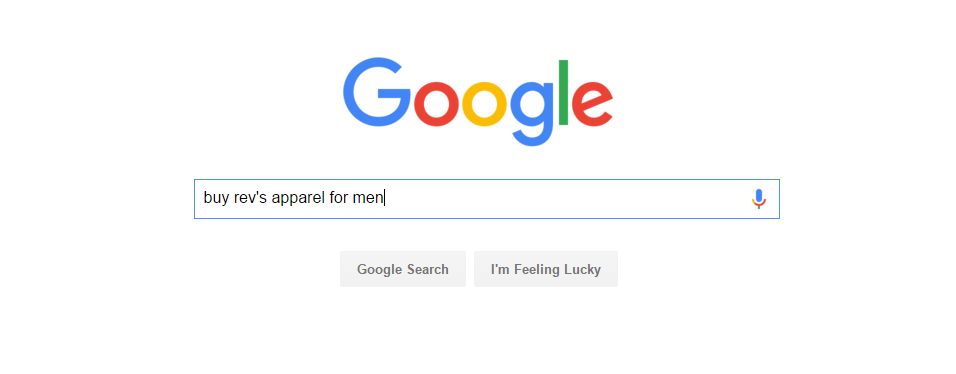
Transactional queries are made when users have made their decisions on purchasing or signing up for something.
This type of searches are performed when users have decided to purchase a product. In some other websites, transactional also happens in a situation where users are signing up for a service.
In Charles case, when a reader has made his decision to buy a shirt from Charles, then the reader will type ‘buy Rev white shirt’ on Google.
After understanding his audiences, the next step is to write content based on the user’s query and provide answers to the target audiences. But before writing the content, it is important for Charles to know what kind of keywords he would like to target. This is because getting the relevant keywords enable Google to understand the subject and rank the site.
Since Charles’ online business is about men’s fashion, naturally, he will aim for keywords that are related to his business, such as men’s fashion online or men’s fashion clothing.
In last week’s post, I have shown you how keywords can make a huge difference. By choosing the right keywords, Charles can maximize his content’s reach and in turn, improve his ROI!
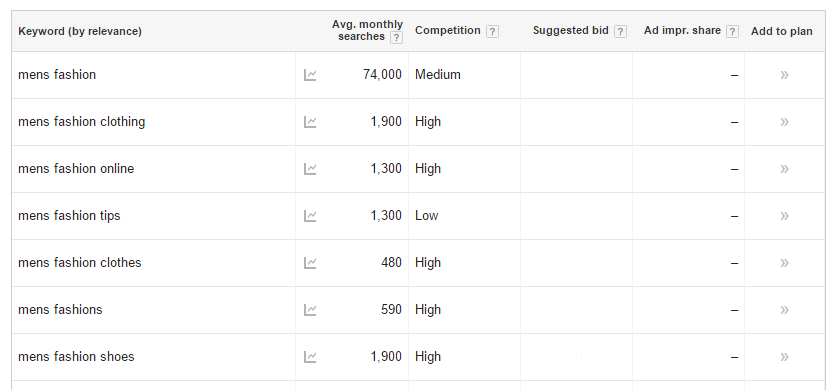
There are various keywords that Charles can go for in order to get ranked.
After knowing the targeted keywords, the next step would be to optimize them in the written content to make sure Google understands the context. Keyword optimization means including the right amount of targeted keywords in the content.
In general, including a lot of targeted keywords make it easier for Google to relate Charles’ content with the keywords mentioned. However, repeating the same keywords too many times can be interpreted as keyword stuffing and Google might red flag him.
Naturally, there are also other ways for Charles to optimize the keywords such as using Latent Semantic Indexing (LSI) keywords. (By the way, I will talk more about this next week.)
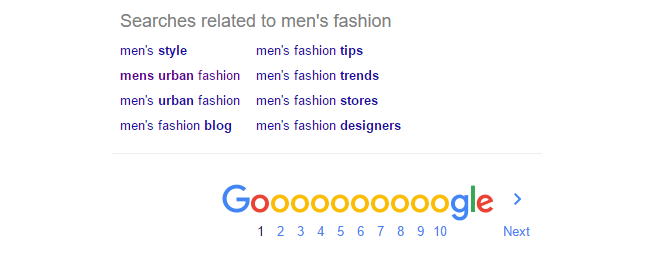
LSI keywords refer to additional keywords that are related to your topic.
So now that we know how to optimized the keywords, what’s next?
Google may have associated your content theme with the optimized keywords, but you shouldn’t forget the most important aspect of all – to provide a well-written, relevant and useful content to the readers.
As I learned, I realized that content writing and SEO are both a team. You can’t get ranked without a good content, and your content wouldn’t be found if it’s not optimized enough. Therefore, they are both inseparable.
If Charles was to create a new blog post, he should acquire good copywriting skills to promote his website. But not everyone is born with the talent of good writing skills, so how will Charles be able to produce a good content?
Be sure to check out my post next week where I’ll be talking about how beginners like you and I can write the best content.
Read the other series of ‘Beginner’s Guide To SEO’ here:
Updated: 28 December 2025


Save thousands of dollars (it’s 100x cheaper)

Zero risk of Google penalty (it’s Google-approved)

Boost your rankings (proven by case studies)
Rank High With This Link Strategy
Precise, Simplified, Fast Internal Linking.
